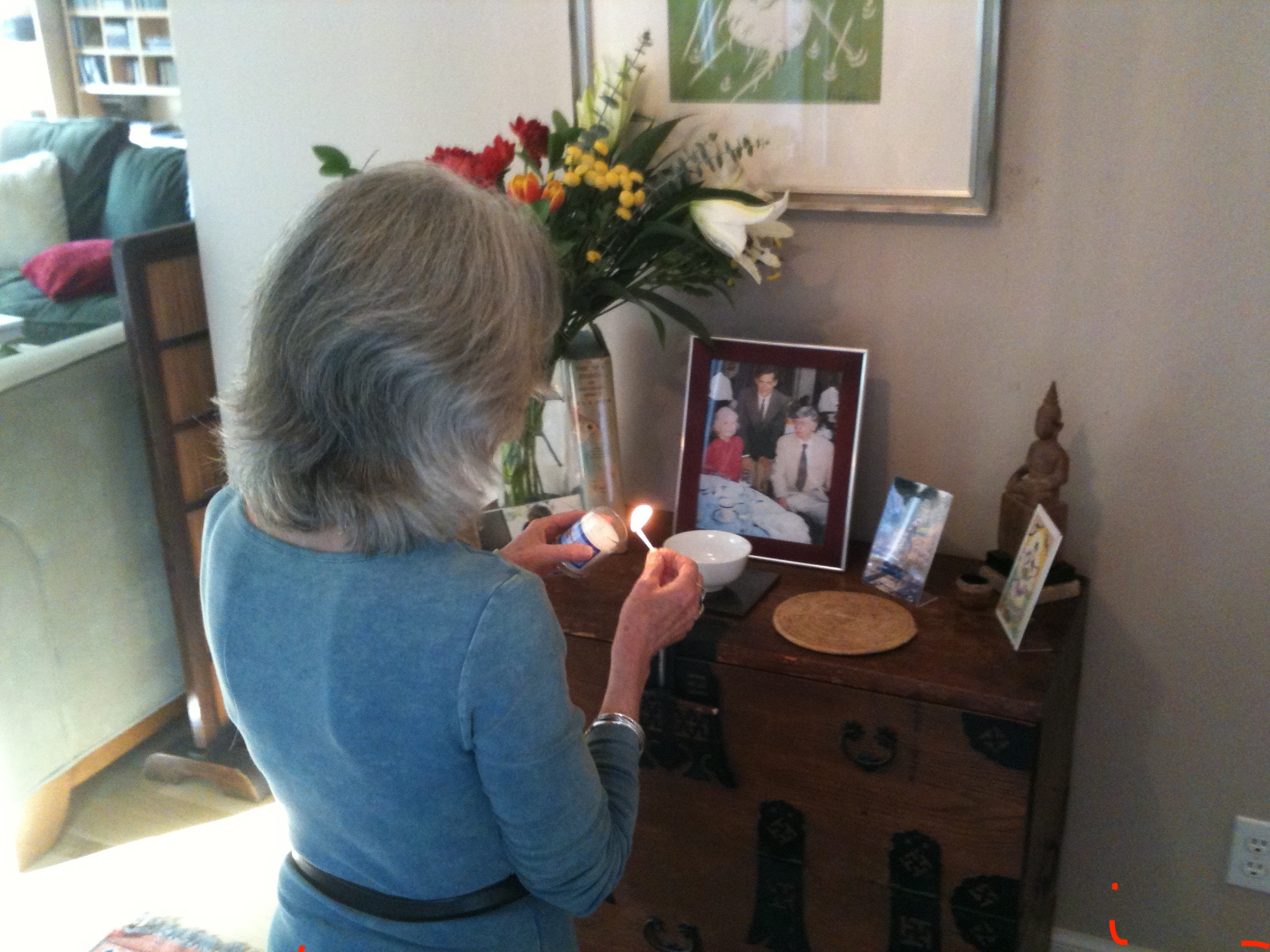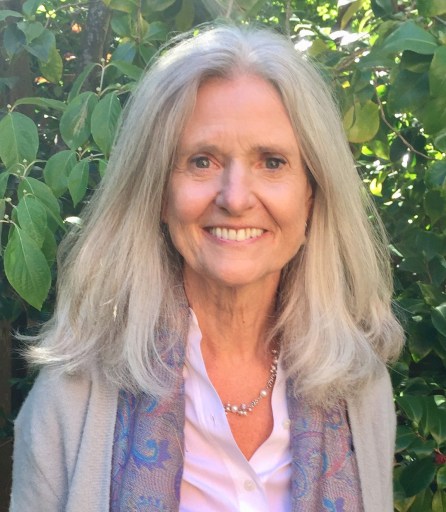New Rituals to Cope with Loss
How Will We Mourn When Gathering Together Is a Vector for Infection?

So ingrained is the family death vigil that during the Civil War, dying soldiers sometimes pulled out family photographs to create it in their imaginations. Today, while families cry on sidewalks, thousands die of COVID attended only by nurses and aides holding iPads and dressed in hazmat suits.
Just as visceral is our unspoken promise to handle the dead with reverence. In the powerful Greek tragedy, Antigone refuses to leave her disgraced brother’s body to be “chewed up by birds and dogs and violated.” At Santa Barbara’s Cottage hospital prior to the pandemic, oncology nurses once shared a beautiful “bathing and honoring” ritual, helping grieving relatives anoint their dead with oil. Now on the news we see bodies stacked in refrigerator trucks.
Death, once largely relegated to the upper reaches of the lifespan, came out of the closet last year. In the year to come, this disease with a thousand faces will continue to reshape how we die, how we honor the dead, how we mourn and how we live. We have barely begun to reckon with its widening circles of vicarious trauma, moral distress, and unacknowledged grief.

As California surges, health-care workers are witnessing modern death at its worst: highly technologized and stripped of human touch or any sense of the sacred. People in nursing homes suffer “social death,” growing listless and even suicidal. The rest of us cope with little deaths: of livelihood, of certainty; of the familiar rhythms of daily life. At the same time, we have lost the communal rituals that traditionally help human beings cope with loss without losing their minds or their souls.
Usually, a crisis or major life change calls for a ceremony — a baby shower, a quinceañera, a retirement party. A wedding ushers a single person into life within a couple, just as a memorial service will later enact a new role as widow or widower. The real miracle of ritual isn’t that water is turned into wine, but that sorrow is normalized, anxiety is transmuted into acceptance, loneliness into community, and self-preoccupation into an enlarged capacity to contribute to others.
Gathering together indoors is now a vector for infection.
When societies undergo mass trauma, public observances help them heal — which is very different from forgetting what happened and not being changed by it. The Vietnam Veterans Memorial created a protected space for our nation’s undone mourning. The AIDS quilt restored love and visibility to victims of a then-stigmatized disease. We have yet to create our COVID National Day of Mourning or build an American monument to the dead of this time. I have no doubt they are to come.
Like Civil War soldiers, we will adapt. I see hopeful signs that in the coming year, we will give more space to the soft technologies of the human heart that can make dying a sacred human experience once again. Some hospitals and nursing homes are easing their draconian visiting restrictions. A few states have flown flags at half staff, and New Jersey is planting a COVID memorial grove. In some California hospitals, health-care workers practice “The Pause” after a death: doctors and nurses gather by the bed, speak the patient’s name aloud, and observe a few moments of silence.
Some hospitals and nursing homes are easing their draconian visiting restrictions. Near New Orleans, the Heart of Hospice’s COVID inpatient unit goes further, allowing two family members to visit a patient each day, appropriately gowned and masked. No staff or relatives have been infected on the unit, and the family death vigil is a daily occurrence. One of its first patients, Willie Friloux, age 66, had been languishing in isolation in a nearby hospital. “If he had died alone,” said his son Willie J. Smith, “I would have felt less than a man, less than a son, less than a human being.” Mr. Smith was with his father when he died, playing him Luther Vandross’s “Dancing with My Father” on his cellphone.
My favorite modern Antigone is Tanisha Brunson-Malone, an African-American morgue technician in Hackensack, New Jersey. During surges, she enters the refrigerator trucks and places a single yellow daffodil atop every body bag, honoring each completed life, as did the church bells that rang out during the Great Plague of London.
Until vaccines are widespread, we will remain masked and semi-isolated, in a world as vulnerable to pestilence as it was in 1918. This time will mark us in ways we can’t currently know. I hope we might emerge with more humility and an increased appreciation of how much we need each other.
Katy Butler, the author of Knocking on Heaven’s Door and The Art of Dying Well, will give a free online talk for Hospice of Santa Barbara on January 21 at 6 p.m. and for the Outdoor Art Club of Mill Valley, January 28 at 1 p.m. KatyButler.com.




You must be logged in to post a comment.